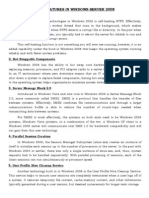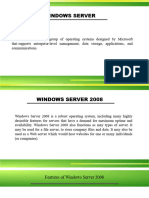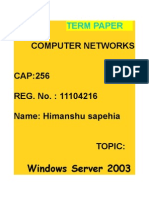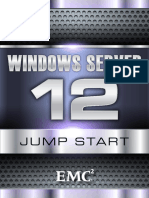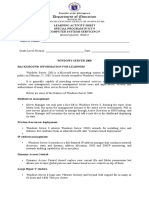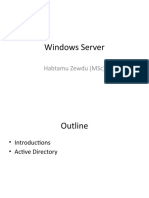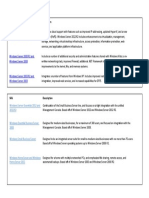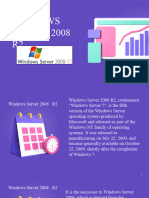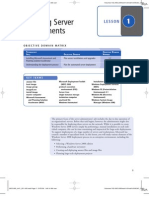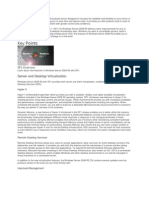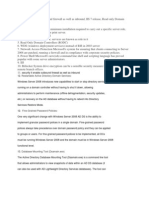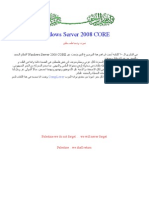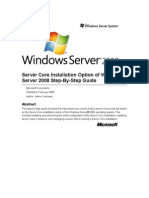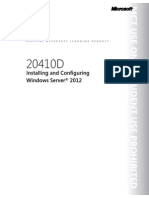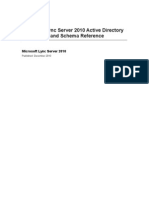0% found this document useful (0 votes)
14 views4 pagesDifference Between Server 2012 and Windows Server 2008
Uploaded by
build.test456Copyright
© © All Rights Reserved
We take content rights seriously. If you suspect this is your content, claim it here.
Available Formats
Download as PDF, TXT or read online on Scribd
0% found this document useful (0 votes)
14 views4 pagesDifference Between Server 2012 and Windows Server 2008
Uploaded by
build.test456Copyright
© © All Rights Reserved
We take content rights seriously. If you suspect this is your content, claim it here.
Available Formats
Download as PDF, TXT or read online on Scribd
/ 4



